Affiliate links on Android Authority may earn us a commission. Learn more.
Which manufacturer updates its smartphones fastest: Android 10 rollout edition
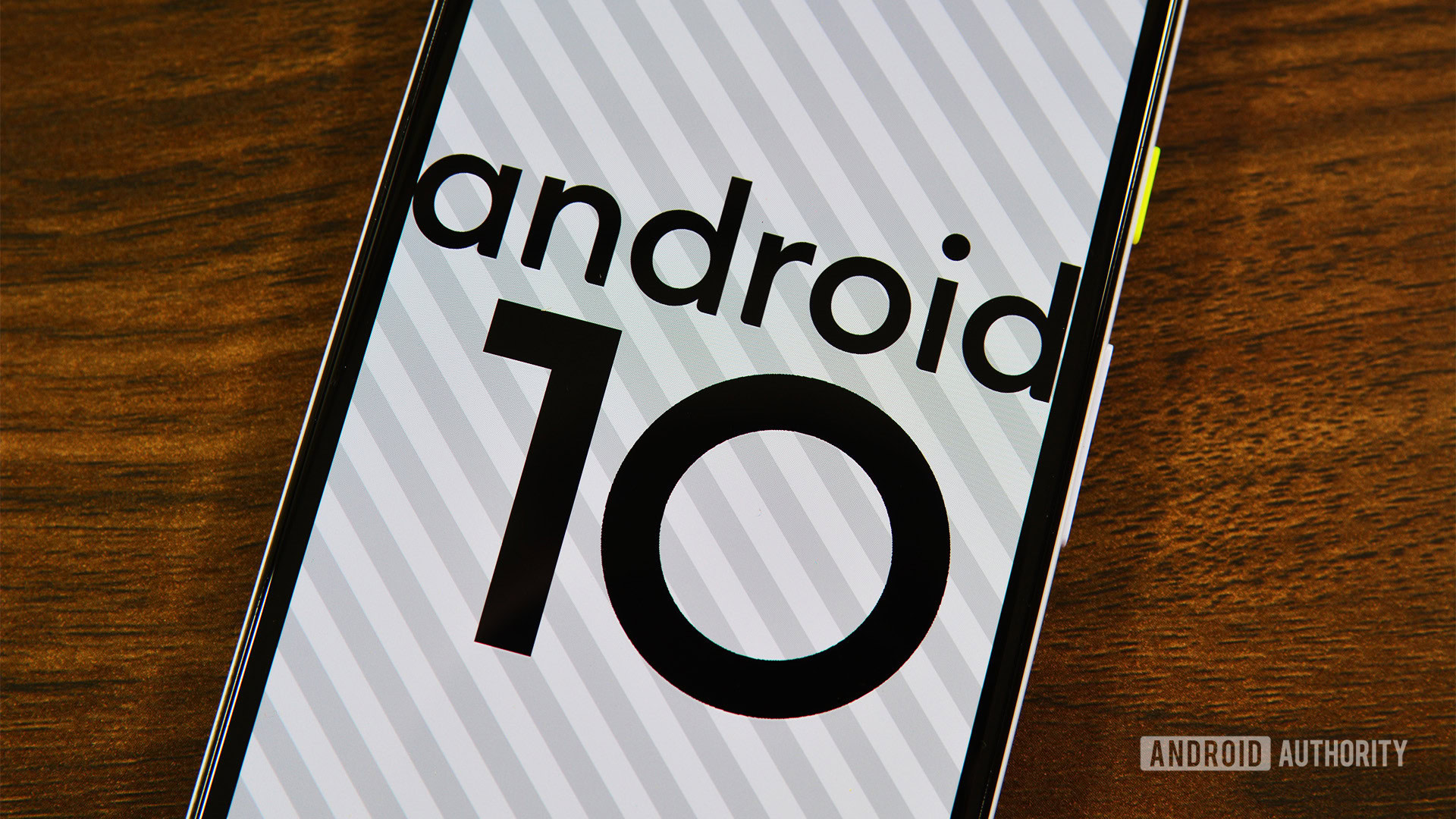
Each year we get a new version of Android. In 2019, that version was Android 10, the first update for the operating system without an official “sweet treat” name attached. Following the Android 10 rollout, the dessert names will be gone with just numbers instead.
If you bought a phone prior to Android 10’s stable launch date (September 3, 2019), you might be eligible for a software upgrade. However, depending on which company manufactured your smartphone and what model it is, you may or may not have received it yet.

If you’re one of the unlucky ones who won’t see Android 10 on your phone, you might want to buy your next smartphone from a company that updates its phones quickly and frequently. To help you out with that, we’ve ranked the top-ten Android OEMs below with a quick summary of how long it took each one to start their own Android 10 rollout. Theoretically, those companies should be just as fast (if not faster) at rolling out Android 11.
Before we get into it, though, here are some important notes:
- This article is based on information found in our Android 10 update tracker. You can find all the relevant links there.
- We’ve ranked the OEMs purely by speed. Keep in mind, though, that speed isn’t everything (check the OnePlus section, for example).
- Updates roll out at different times in different regions for different people, so view the dates below as estimates.
- We haven’t included Google phones because they’re the starting point for Android updates; it’s the fastest OEM by default. If you simply want a phone that’s guaranteed to be updated quickly, a Google Pixel is what you want!
Also, be sure to check out our previous Android rollout roundups for Android Pie, Oreo, and Nougat to see which OEMs are improving and which are losing ground.
1. Essential
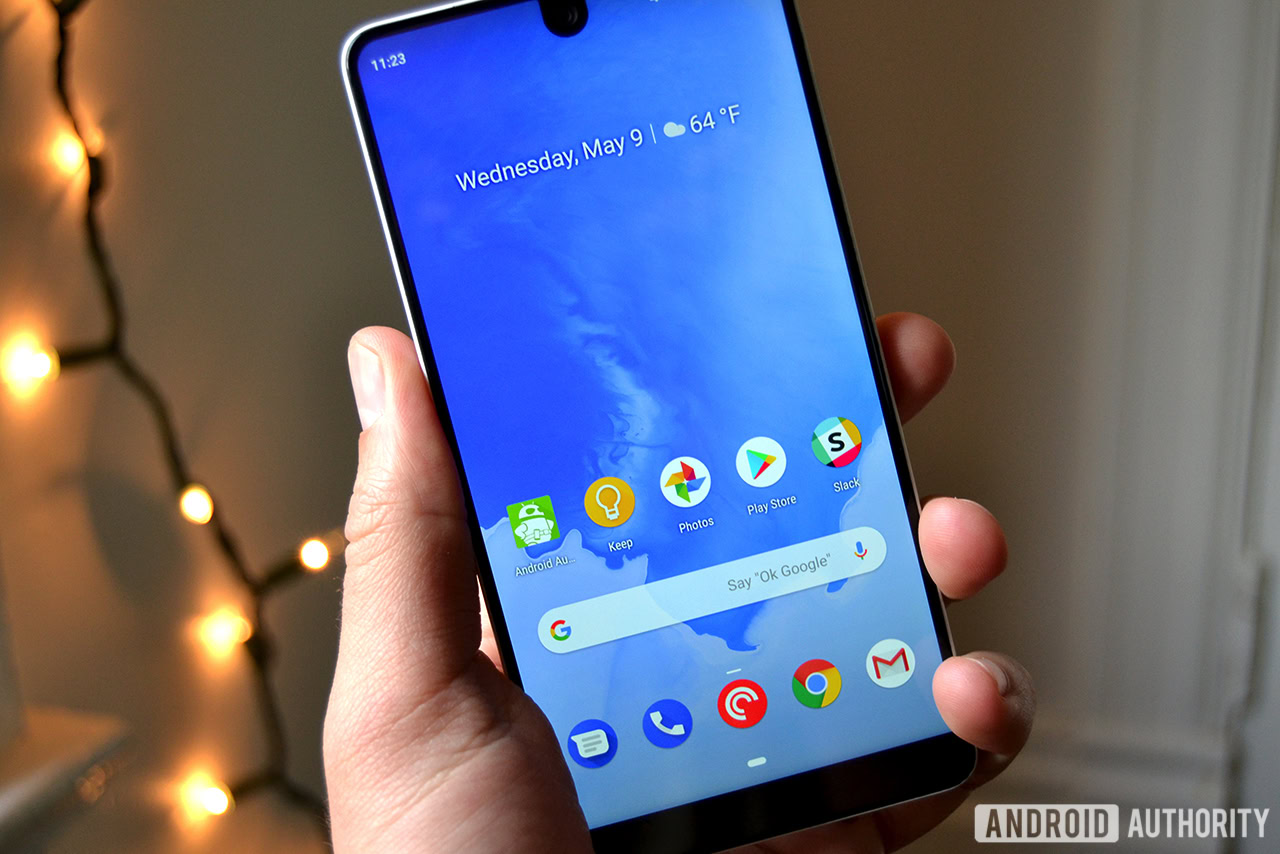
- First device(s) with stable Android 10: Essential Phone
- Date of first stable rollout: September 3, 2019
- Days passed since official OS launch: 0
The good news when it comes to Essential is that, outside of Google, no company has been faster at delivering Android updates. That is absolutely the case when it comes to the Android 10 rollout, as the Essential Phone got it on day one, the same day as Google Pixel devices.
The bad news is that Essential is no more. Going forward, the one and only smartphone from the brand will no longer receive any official updates at all, including operating system upgrades. In other words, next year there will be another company in this first position.
2. Redmi
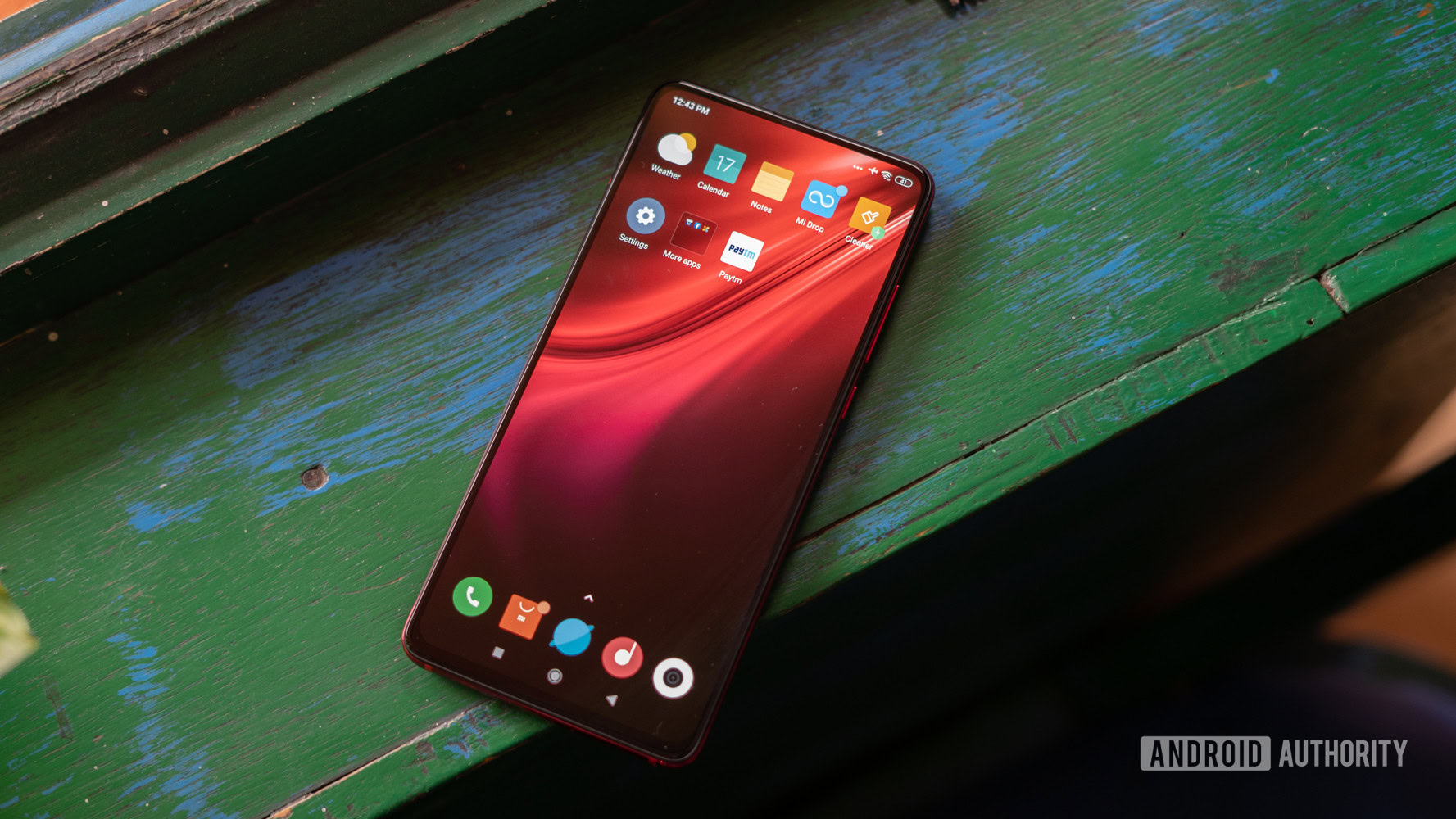
- First device(s) with stable Android 10: Redmi K20 Pro (China only)
- Date of first stable rollout: September 3, 2019
- Days passed since official OS launch: 0
Redmi — which is now its own sub-brand instead of being connected directly with Xiaomi — earned a second-place slot on this list with its incredibly fast day-one update of the Redmi K20 Pro. However, it didn’t earn first place because that update only landed on Chinese variants of the device.
It wouldn’t be until September 24, 2019, that Android 10 would land on K20 Pro units in another country, specifically India. If we only judged Redmi on that it actually would have come in third place behind OnePlus, but we gave it credit for surprising us all with a launch day announcement, even if it was in a country where Google services don’t exist. Regardless, Redmi is proving that it is taking Android updates quite seriously!
3. OnePlus
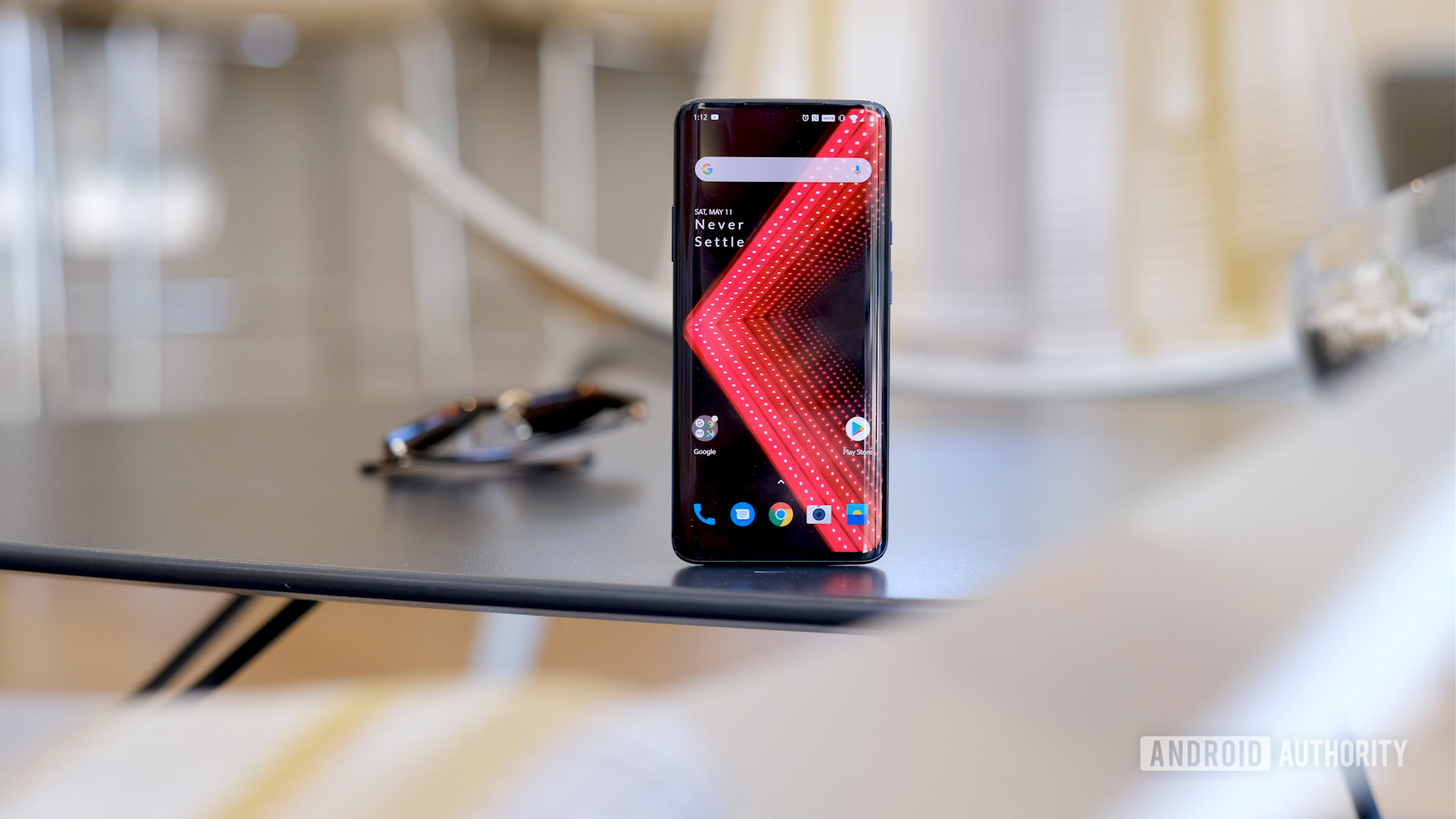
- First device(s) with stable Android 10: OnePlus 7 and 7 Pro
- Date of first stable rollout: September 21, 2019
- Days passed since official OS launch: 18
One of the main reasons OnePlus fans are so crazy for the brand is the company’s track record when it comes to updates. OnePlus certainly didn’t disappoint when it rolled out Android 10 to the OnePlus 7 and OnePlus 7 Pro just 18 days after the stable version of the operating system became official. That beat the company’s previous record of 46 days for Android 9 Pie.
However, speed isn’t everything. Unfortunately, the initial Android 10 rollout was plagued with problems and the company eventually stopped distributing the update for a time. Because of this, the rollout of Android 11 might actually take longer than it did this year as the company very likely will not want to repeat the same mistakes.
4. HMD Global (Nokia)
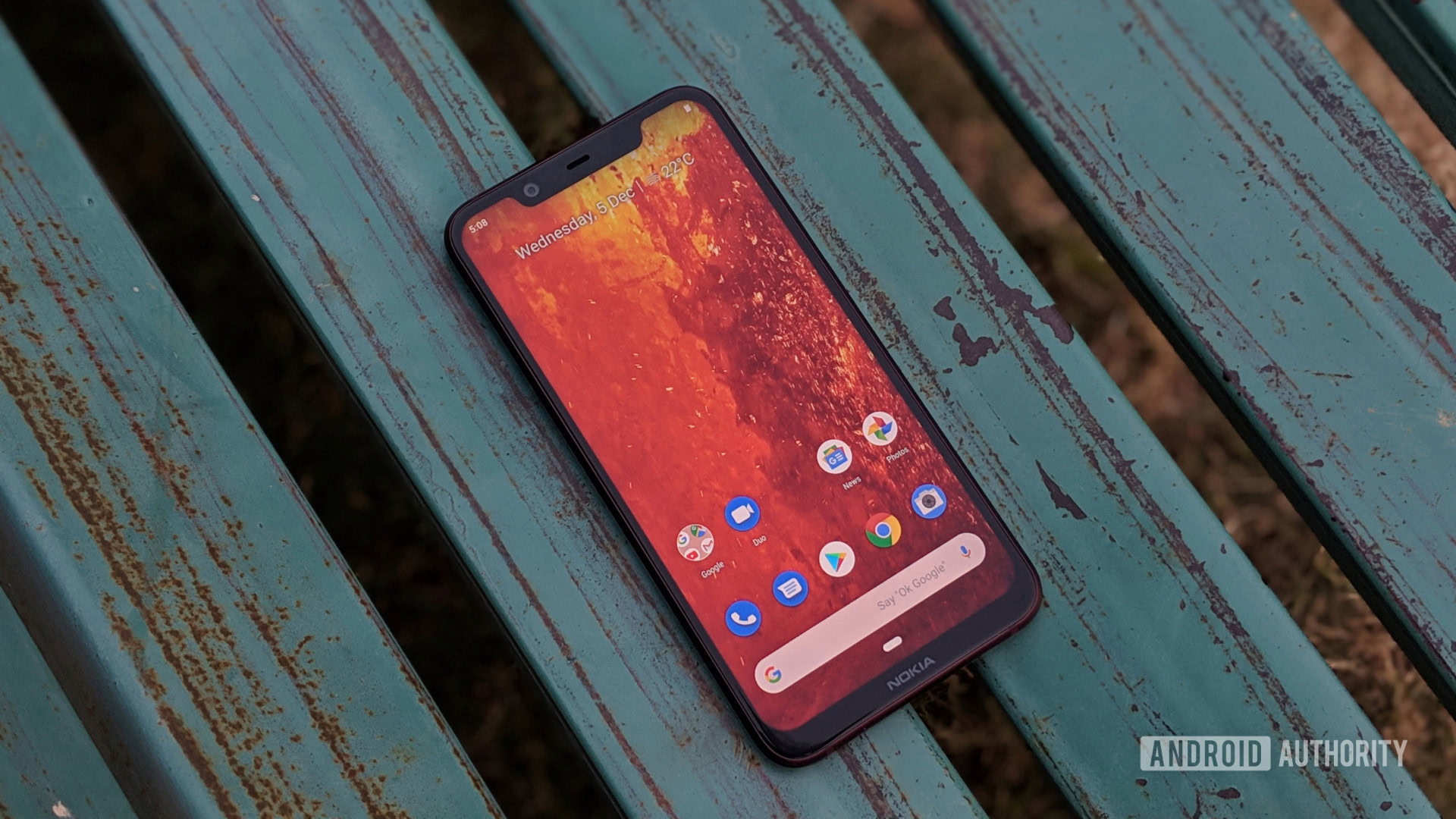
- First device(s) with stable Android 10: Nokia 8.1
- Date of first stable rollout: October 9, 2019
- Days passed since official OS launch: 36
Most Nokia-branded smartphones from HMD Global run a version of Android — either Android One or Android Go — that’s very close to stock. As such, it’s not surprising that Nokia phones are usually some of the first to see new Android updates, as we saw with the rollout of Android 10.
The first Nokia-branded device to get Android 10 was the Nokia 8.1, one of the many mid-rangers from HMD. The company’s only bonafide flagship, the Nokia 9 PureView, didn’t get the latest version of the OS until December 5, 2019. As of now, even the budget-oriented Nokia smartphones from 2019 should be running Android 10.
5. ASUS
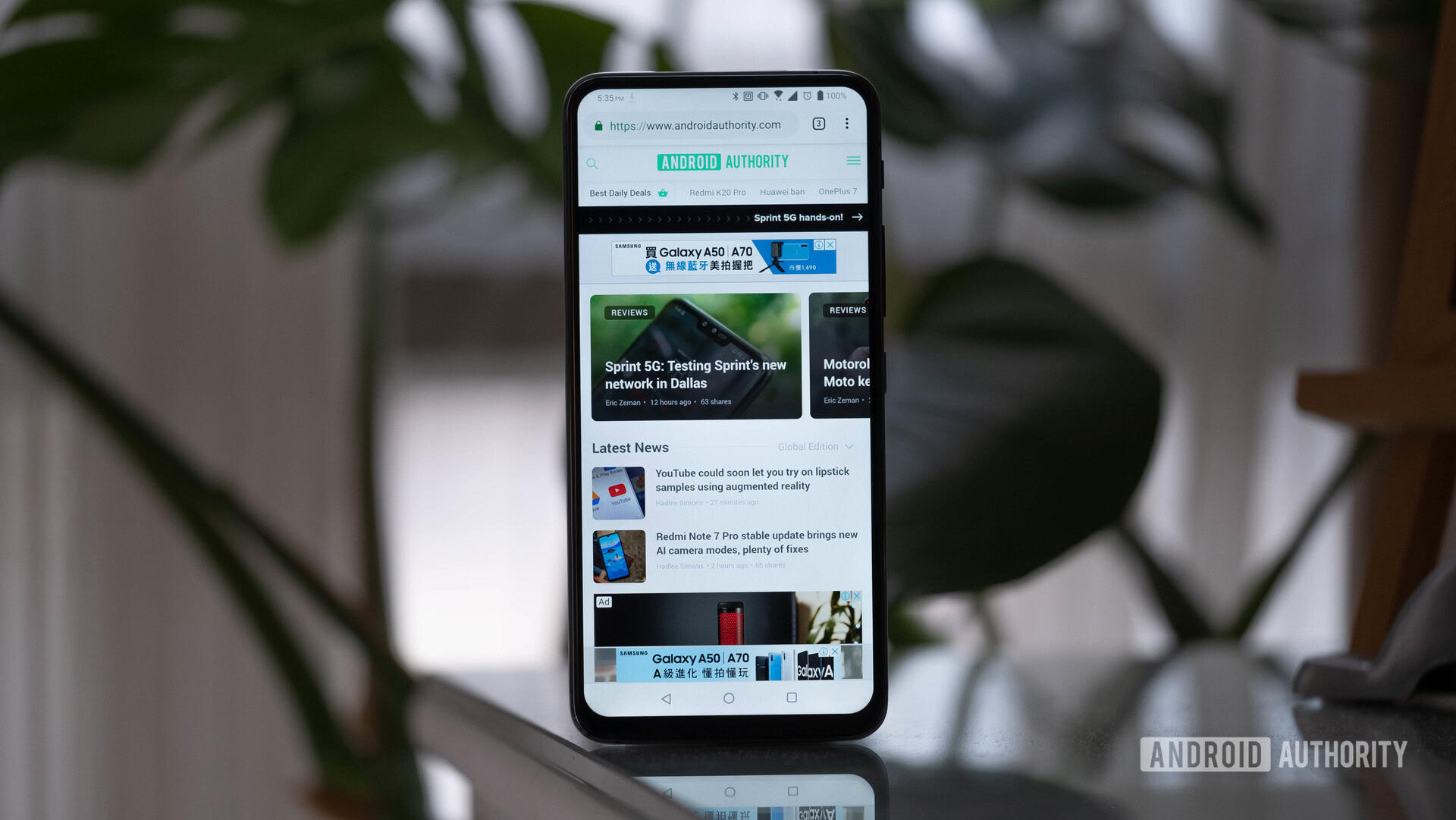
- First device(s) with stable Android 10: ASUS Zenfone 6
- Date of first stable rollout: November 5, 2019
- Days passed since official OS launch: 63
ASUS really surprised us in 2019 by releasing one of the most exciting devices of the year: the ASUS Zenfone 6, which features a unique flipping rear camera. It then doubly surprised us by getting Android 10 out to the Zenfone 6 in just over two months.
Only a short time later, the company’s Android 10 rollout hit the ASUS Zenfone 5Z. Unfortunately, it took a really long time for ASUS to get the latest version of Android to the ROG Phone 2 — that update didn’t land until March 2020. Just goes to show that just because a company is good at getting updates to some of its devices doesn’t mean it’s going to get it to all of them in a similarly timely manner.
6. Xiaomi
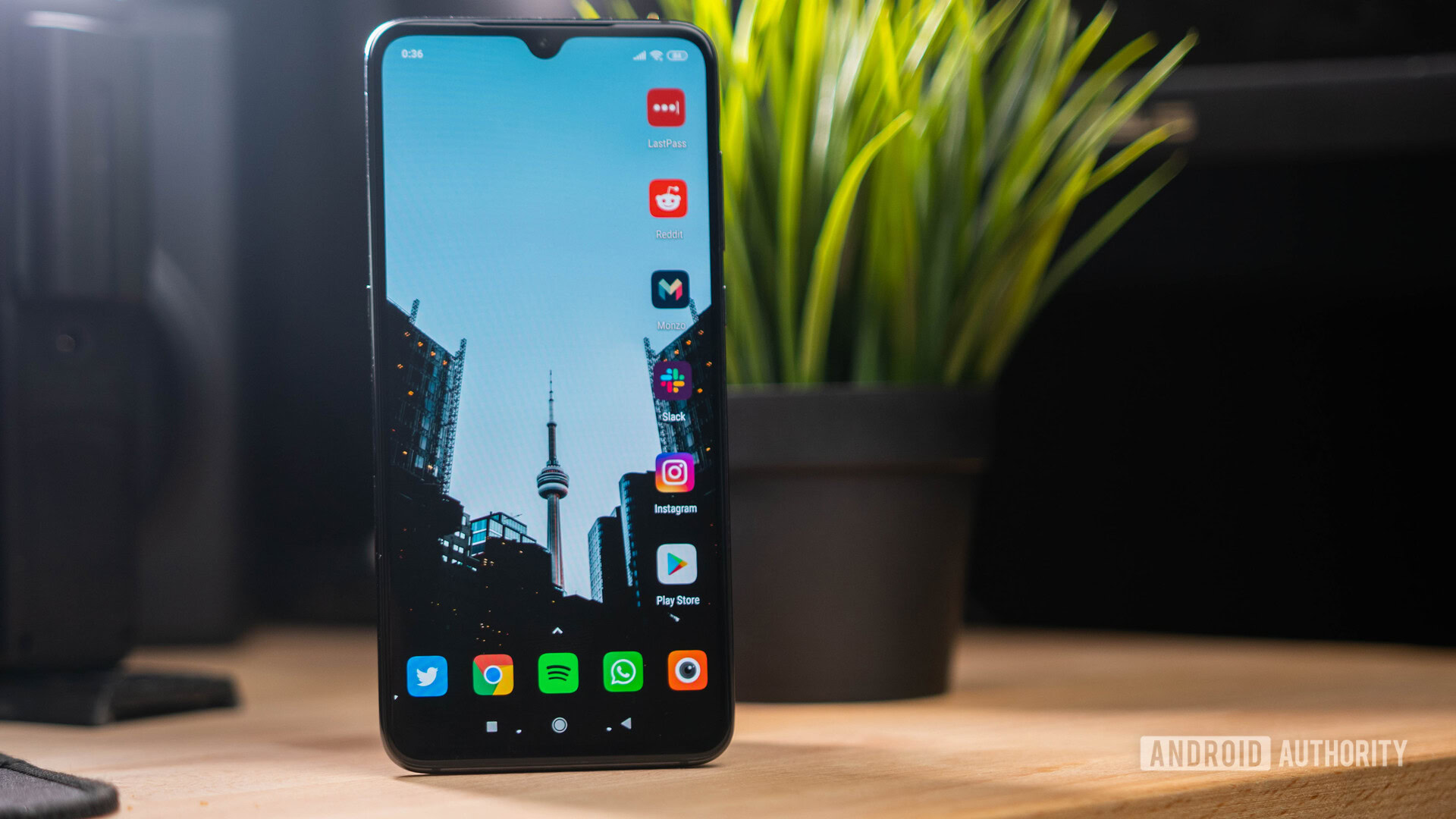
- First device(s) with stable Android 10: Xiaomi Mi 9
- Date of first stable rollout: November 5, 2019
- Days passed since official OS launch: 63
Is there any company more confusing than Xiaomi? The first Xiaomi-branded device to see Android 10 was the Xiaomi Mi 9. That update came skinned over with MIUI 11. However, other phones saw MIUI 11 updates prior to this, but MIUI 11 was skinned over Android 9 Pie.
To make things more confusing, even some of Xiaomi’s Android One products — which should, theoretically, get Android updates the fastest — didn’t see the update until well into 2020. This is without even mentioning the flagship-killing-favorite, the Pocophone F1, which only got to enjoy Android 10’s delights in March 2020. As such, even though Xiaomi tied with ASUS for the number of days until a stable Android 10 rollout, we’re knocking it down a notch simply for how incredibly confusing its lineup is.
7. HUAWEI
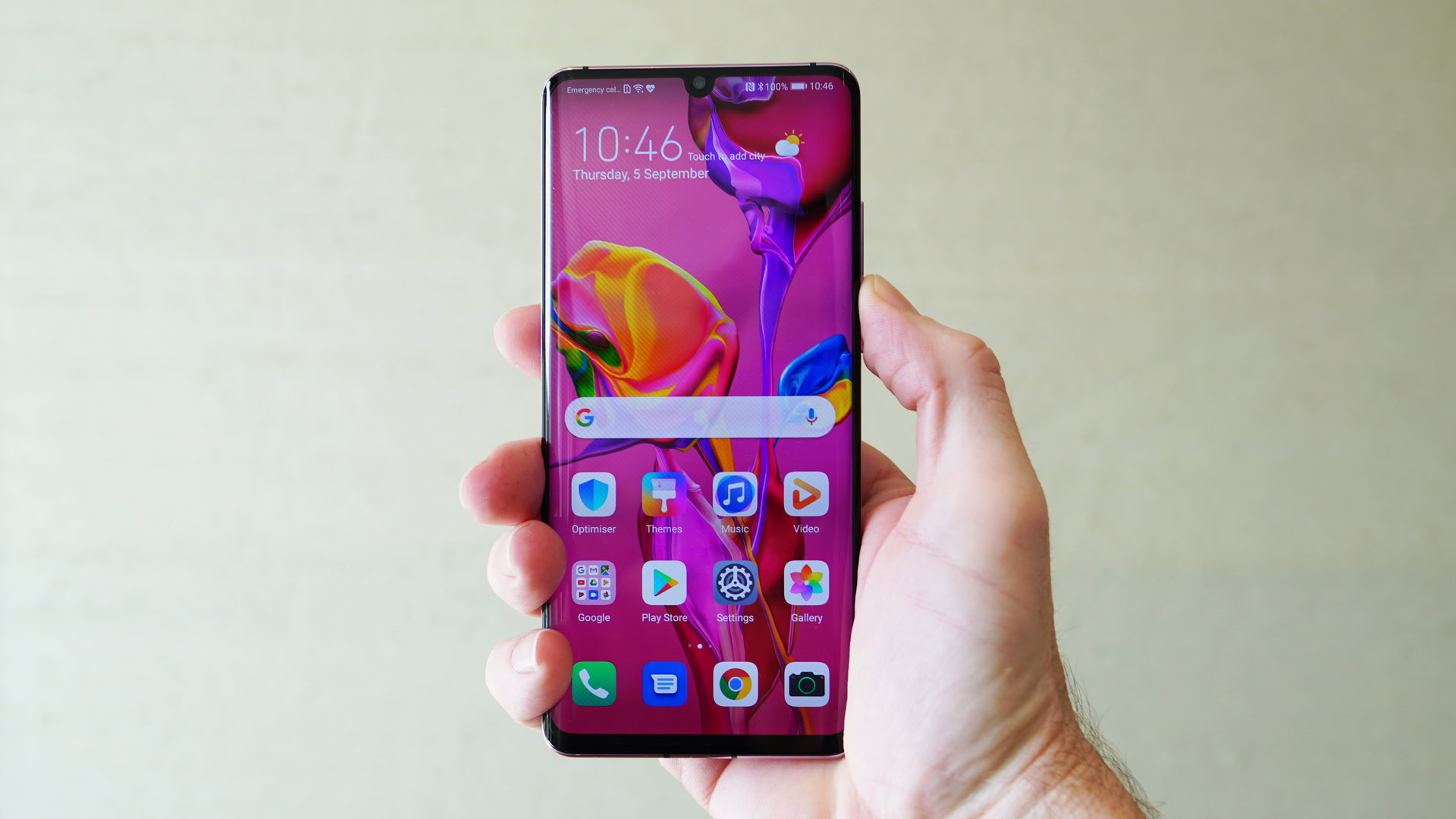
- First device(s) with stable Android 10: HUAWEI P30 and P30 Pro
- Date of first stable rollout: November 14, 2019
- Days passed since official OS launch: 72
2019 wasn’t the best year for HUAWEI. In May, the company was put on the so-called Entity List by the US government, effectively banning it from working with any US-based firms, including Google. That means devices launched after May 2019 don’t have access to any Google services.
Luckily, the 2019 flagship HUAWEI P30 and P30 Pro devices launched prior to the ban, so they will continue to have access to Google services. They also saw Android 10 in no time at all, with just a two-month wait from when the OS became stable. Other HUAWEI devices should see Android 10 (if they haven’t already) as Android updates are not directly tied to Google. However, what good is the latest version of Android if you can’t even download Google Maps from the Play Store?
8. HONOR
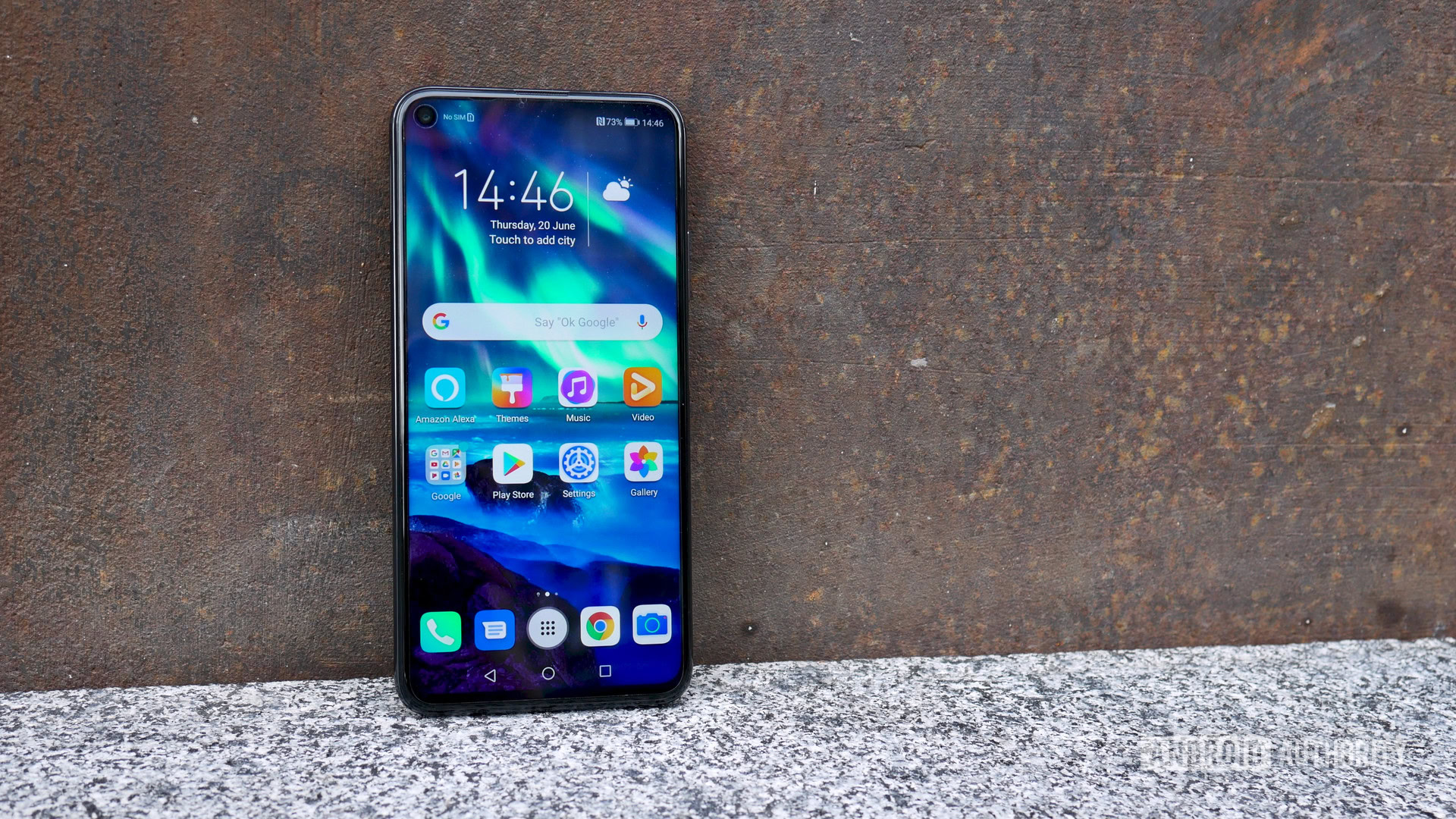
- First device(s) with stable Android 10: HONOR 20, HONOR 20 Pro, and HONOR View 20
- Date of first stable rollout: November 16, 2019
- Days passed since official OS launch: 74
Since HONOR is a sub-brand of HUAWEI, it should be no surprise that the former should be so close to the latter on this list. The HONOR 20, 20 Pro, and View 20 all received Android 10 only days after HUAWEI started rolling out the latest version of the OS to its flagship P30 series.
Honor, though, is also affected by HUAWEI’s presence on the US government’s Entity List. While some older HONOR phones will likely see Android 11, Google services won’t be included on newer devices until the United States figures out a deal with HUAWEI. At this point, when that might be is anyone’s guess.
9. Samsung
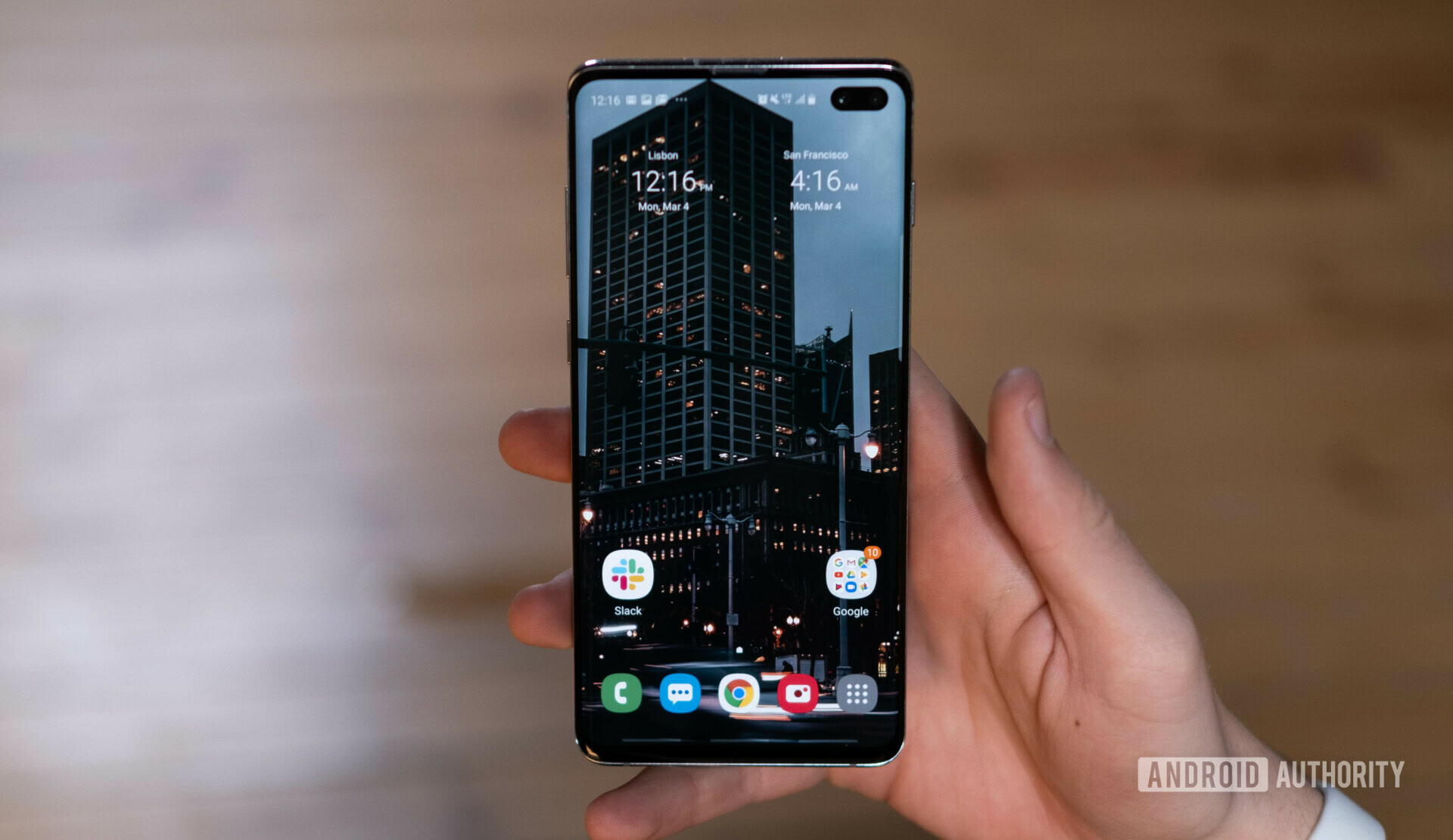
- First device(s) with stable Android 10: Samsung Galaxy S10, S10 Plus, and S10e
- Date of first stable rollout: November 28, 2019
- Days passed since official OS launch: 86
In years past, Samsung has been pretty poor about getting Android updates out in a timely fashion. This has been a big pain point for Samsung fans as the company’s flagship phones are quite expensive, so you think the company would be one of the fastest for updates. However, over the past year or so, the company has gotten much better.
Case in point, for the Android 10 rollout, Samsung pushed out its first stable release on November 28, 2019 — that’s almost two months faster than its Pie rollout from late 2018. Granted, Android 10 only hit Samsung Galaxy S10 family devices in Germany at the time, but just two weeks later it was here in the United States. By now, pretty much everyone with a Galaxy S or Galaxy Note device from 2018 or later should have Android 10, which is a sign that Samsung is really changing its ways.
10. LG
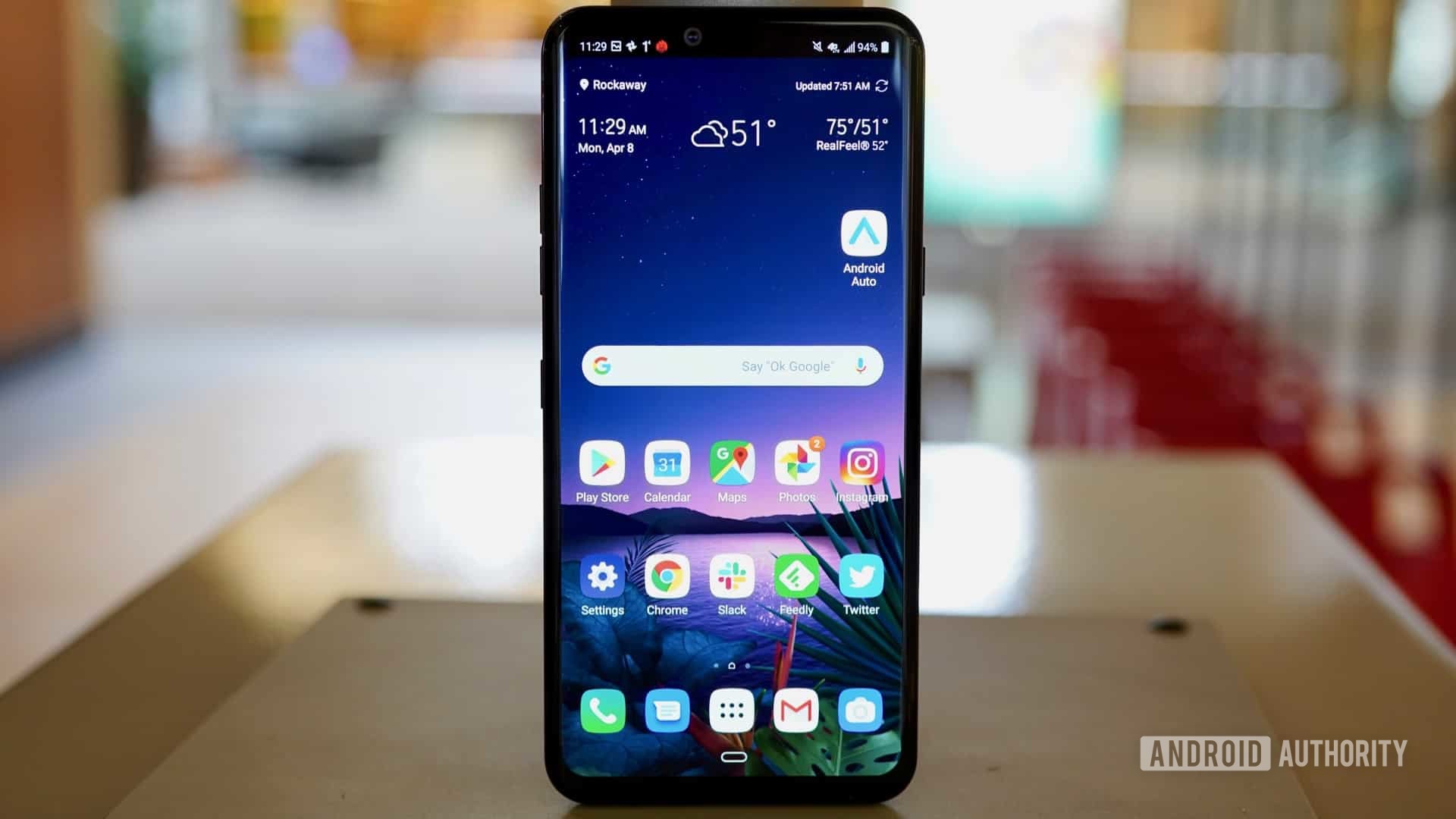
- First device(s) with stable Android 10: LG G8 ThinQ (Korea only)
- Date of first stable rollout: December 2, 2019
- Days passed since official OS launch: 90
Honestly, it’s hard to appropriately rank LG on this list. Technically, the company began its Android 10 rollout with the LG G8 ThinQ on December 2, 2019, but it was only to South Korean versions of the phone. It wouldn’t be until January 20, 2020, that the update would start hitting the G8 variants here in the US and elsewhere.
Even now, there are still plenty of prominent LG phones without Android 10, including the LG G8X, LG V40, and LG G7. However, LG is still doing better at updates than some of the other OEMs in the next section, so it earned its spot on this list — even if it is at the bottom.
Wait, what about the other OEMs?
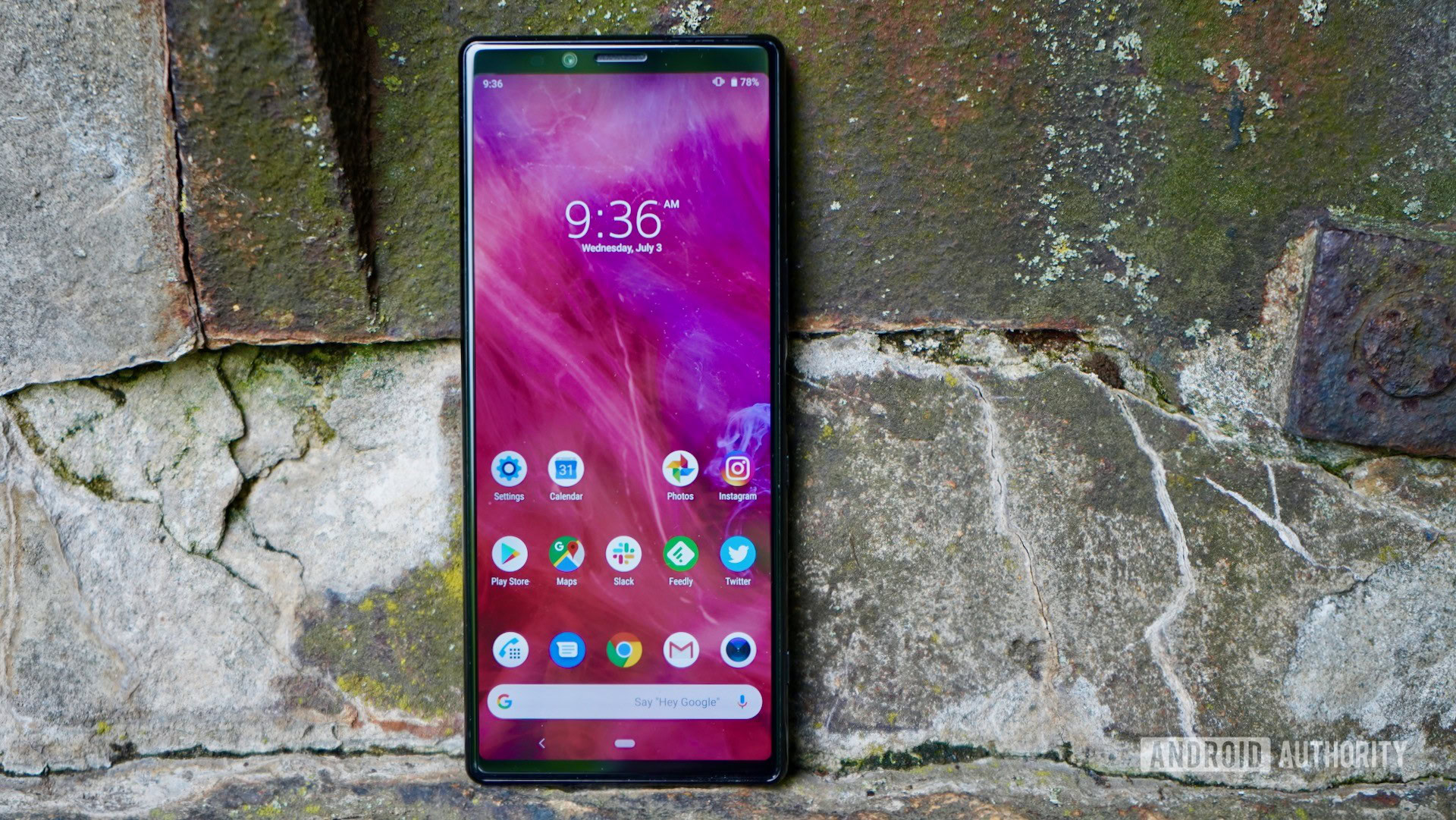
On any top-ten list, there can only be ten winners. As such, there are plenty of OEMs that don’t appear up top. That doesn’t mean that they aren’t rolling out Android 10 in some capacity, though!
For example, Sony pushed Android 10 to both the Xperia 1 and the Xperia 5 on December 5, 2019, only three days after LG snuck in with the update for Korean variants of the LG G8 ThinQ. This is a pretty significant fall from grace considering Sony came third in our Pie roundup last year.
To make matters worse, however, Sony didn’t even announce when it would bring Android 10 to its handsets until November 15, 2019, months after companies such as OnePlus and HMD Global started actually pushing the update.
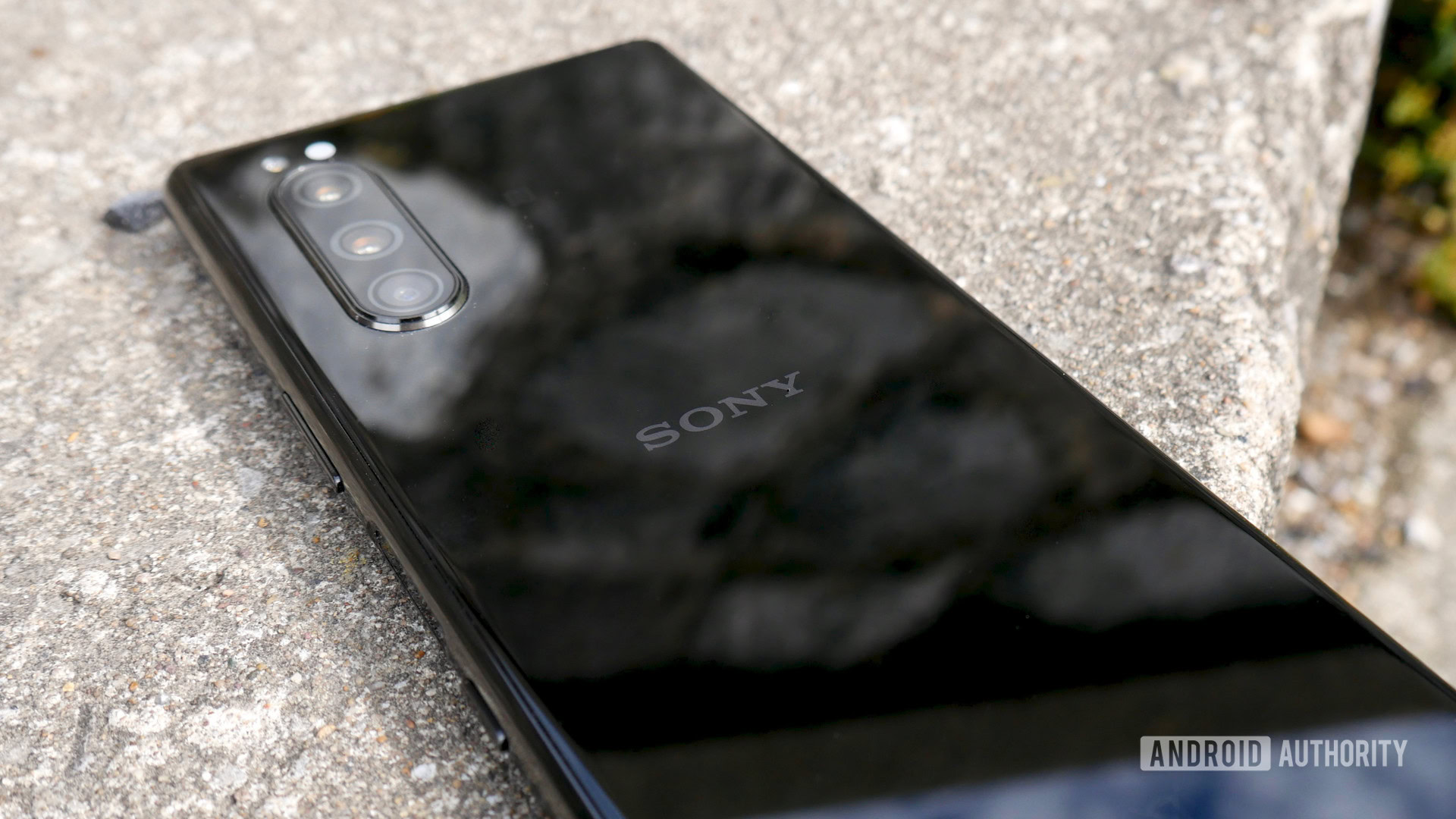
Likewise for realme, which only pushed out its first Android 10 update in late January 2020. It didn’t reveal its update plans until November 26, 2019.
Motorola also pushed Android 10 to some of its handsets in 2019 — but only to those that are in the Android One program. It wouldn’t be until late January this year that Motorola would push out a non-Android One update, and even then it was only to phones in Brazil.
ZTE also updated one of its phones to Android 10: the ZTE Axon 10 Pro. However, that didn’t start until early January 2020 in Europe with the U.S. OTA arriving by the end of the month.
Finally, we have poor OPPO and vivo. Although OPPO is one of the largest smartphone OEMs in the world, not one of its devices has been upgraded Android 10. There have been lots of beta tests and some stable launches are scheduled for March 2020, but that’s a pretty poor performance for such a large OEM.
Likewise for vivo, which also hasn’t pushed an Android 10 upgrade to any of its devices yet. It revealed its update schedule very late (in December 2019) but then postponed those plans due to the coronavirus. It then only announced its revised beta testing schedule a few days ago. Seriously.
That’s all we’ve got for Android 10 rollout roundup. Want to learn more about the next version of Android, simply called Android 11? Check out our other articles below!